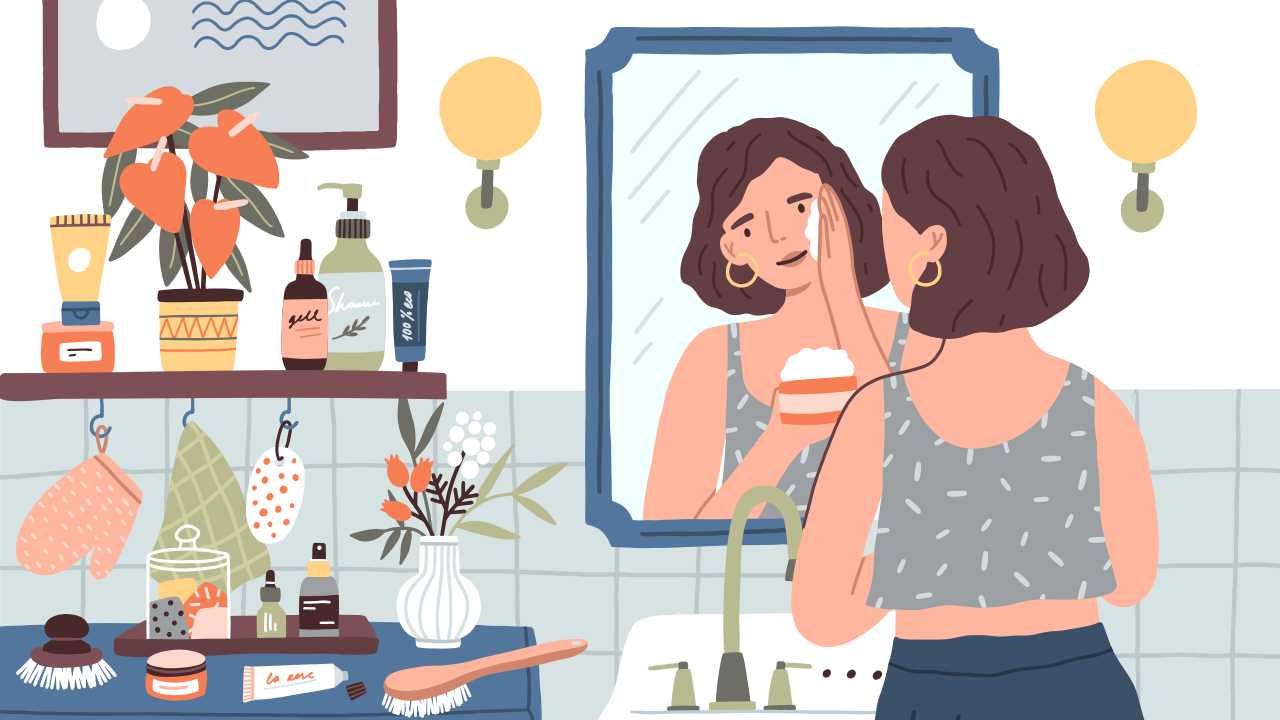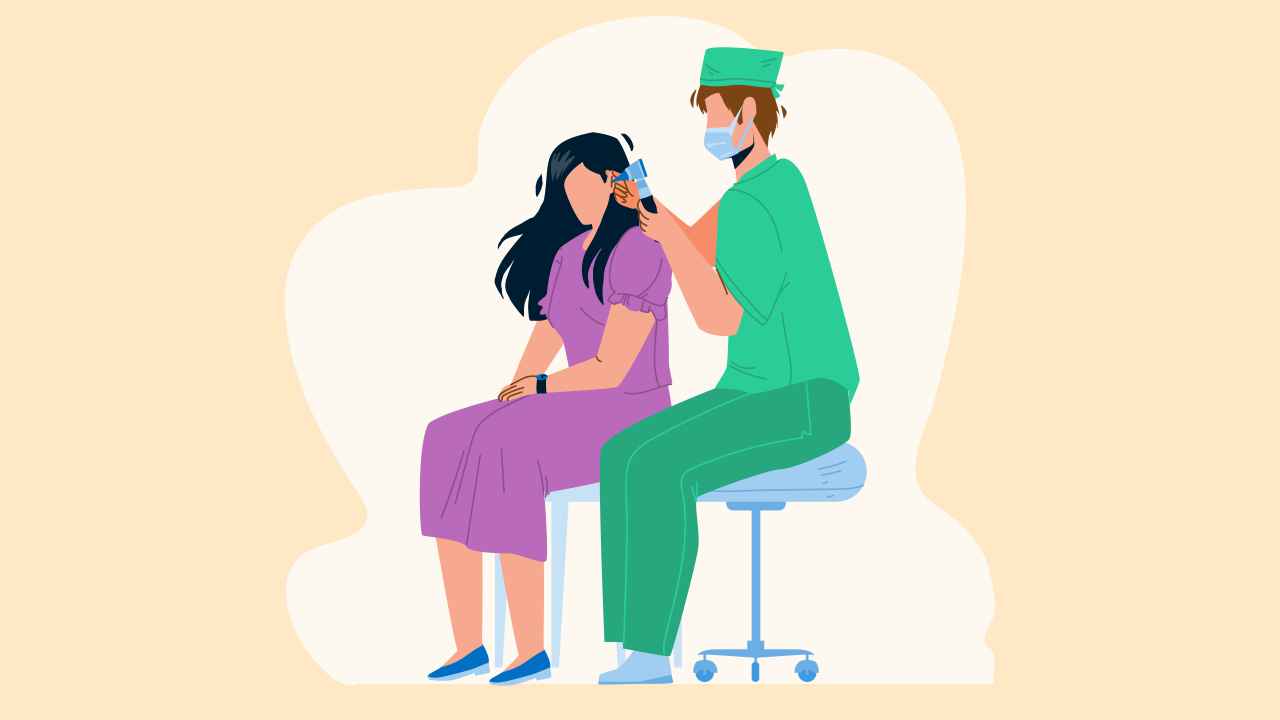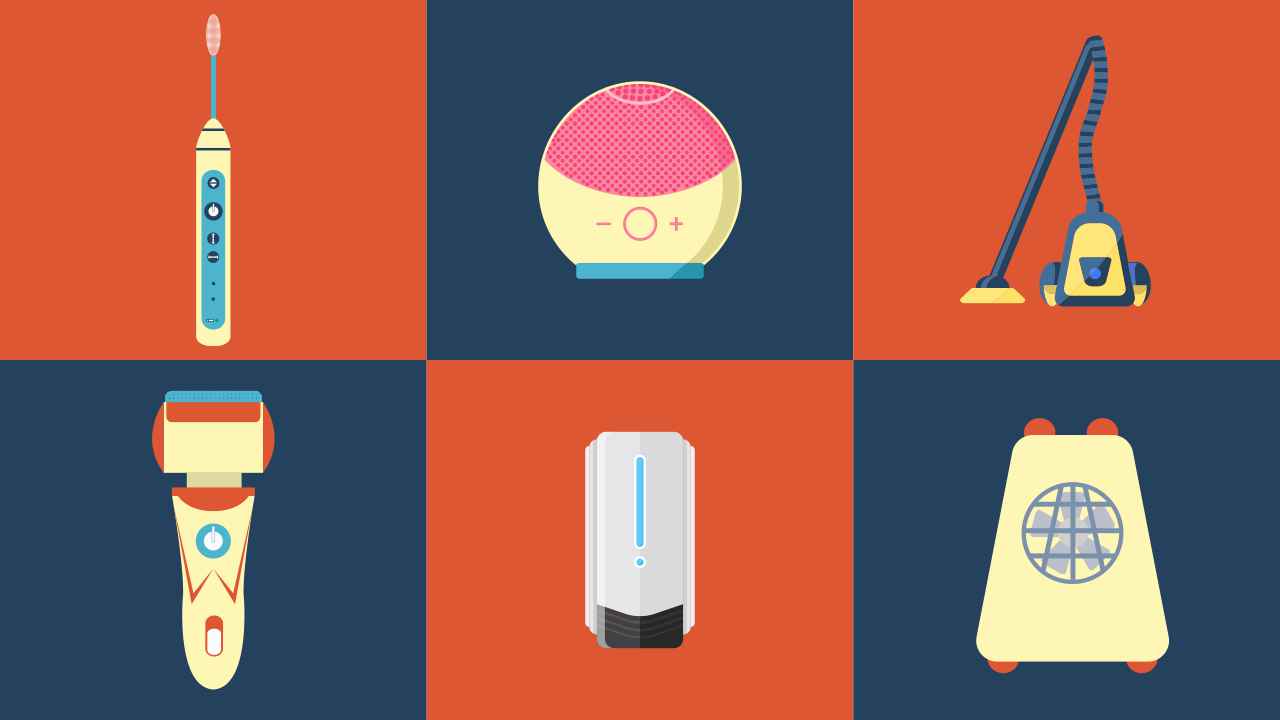
What Do Your Nails Say about Your Health?

We rarely take the time to pay attention to and take care of our nails. But they can say a lot about our health. Made of a protein called keratin, nails are the homologous (corresponding) structure to claws in humans. Both your finger and toe nails are made of keratin, which is also found in your hair.
Parts of a nail
The nail primarily consists of a nail plate, nail matrix and the bed. The nail matrix contains nerves, blood, and lymph vessels. It makes cells that form parts of the nail plate and the nail bed. This entire construct is protected by the nail plate. It is the hardest part of the structure and is what’s generally referred to as a nail.
The nail plate’s size is determined by the matrix’s size and its shape by the bone of the fingertip. As long as there is nutrition, there is continuous production of nail matrices. Cells are born continuously, while older ones are pushed forward, making them compressed and translucent.
Nail abnormalities
A healthy nail appears smooth and has a consistent coloring. Abnormal features such as spots, ridges, separation, or discoloration may indicate injury or an underlying medical condition. If your nail undergoes color changes, it may point towards certain diseases, which may be confirmed with further investigations.
| Color | Health condition |
| Blue nails | They are often caused due to cyanosis, which occurs when there is lack of oxygen in the red blood cells, making the skin in the nail bed blue. Extreme cold temperatures or diseases like COPD, asthma, or pneumonia can cause cyanosis |
| White nails | Could indicate liver disease, diabetes, hyperthyroidism |
| Pale nails | They often mean you are anemic. However, they can be normal findings in aged people |
| Half pink-half white nails | Could indicate kidney disease |
| Yellow nails | Indicates a fungal infection, psoriasis, thyroid, or diabetes. It is also common in smokers. Patients with serious lung diseases such as pleural effusions, chronic bronchitis, lymphedema, jaundice, also suffer from the yellow nail syndrome |
| Dusky red half-moons | Could be lupus, heart disease, alopecia areata, arthritis, dermatomyositis |
| Blue half-moons | Could be a sign of poisoning |
Some other abnormalities to look out for are:
Chewed nails
The medical term for biting your nail is onychophagia and is considered a stress relieving habit. It appears raw and rough and can cause intestinal parasites, jaw pain and dysfunction, fungal infections, and stomach infections. Psychiatrists believe it is also an indication of OCD or ADHD.
White spots
Generally white spots are harmless and seen less on toenails. Usually they occur because of trauma to the nail plate. Sometimes this condition is hereditary. However, at times, it may indicate leukonychia, which is a serious health condition.
Rippled and pitted nails
Psoriasis can cause nail pitting. They appear as tiny holes on the nail surface. Patients with atopic dermatitis, irritant dermatitis, or allergy may also experience rippled nails.
Split nails
Split or cracked nails occur because of brittleness and is very common in old people. Though the cause is unknown, researchers believe it may be because of certain drug usage, diseases, or nutrient deficiency.
Paronychia
Also called the puffy nail fold infection, paronychia occurs around the edge of the nail skin. It could be acute or chronic. Infection causes acute paronychia, Chronic paronychia could be because of chemical irritation, food handling, swimming, or over-soaking in water. Antibiotics and drainage of pus, if required, are the usual treatments.
Dark lines beneath the skin
Appearance of linear brown or black lines extending from the cuticle to the tip of the nail is a sign of anxiety or skin cancer.
Beau’s lines
Beau’s lines are horizontal grooves or gaps that indicate slowing nail growth. These may point towards an indication of extreme cold, trauma, heart attack, syphilis, mumps, scarlet fever, peripheral vascular disease, diabetes or zinc deficiency, or pneumonia.
Muehrcke’s lines
Muehrcke’s lines are pale horizontal lines, which are usually absent on the thumb. They may be an indication of albumin deficiency, liver cirrhosis, kidney disorder, malnutrition, or side effects of chemotherapy.
Clubbed nails
Also called drumstick fingers, clubbed nails happen when your finger or toenails appear bulbous. In some occasions, these may point towards heart disease, lung cancer, inflammatory bowel disease, and liver cirrhosis.
Koilonychia
Also called spooning, koilonychia causes the nail ridges to scoop outwards like spoons. It is an indication of iron deficiency anemia, heart disease, hemochromatosis, lupus erythematosus, hypothyroidism, Raynaud’s disease.
Mees’ lines
Mees’ lines are white transverse bands and are classically a sign of arsenic poisoning. However, they can also be indicative of Hodgkin’s disease, leprosy, malaria, chemotherapy.
Green nails
Though rare, it manifests as a dark green patch on finger and toe nails. It is caused by a bacteria called pseudomonas that thrives in wet environments such as in gardens, bathrooms, sinks or swimming pools. People who have prolonged exposure to water and have onycholysis i.e. detachment of the nail from the nail bed can cause the bacteria to grow under the partially separated nail.
How to take care of your nails?
A few hygiene practices can go a long way to keep your nails healthy.
- Do not bite or tear your nails and hangnails
- Cut nails when they are soft
- Keep them dry and clean
- Do not use harsh products
- Use moisturizer
Well-groomed and healthy nails are not only aesthetically pleasing, they also reflect your inner health. Although sometimes abnormalities can be limited to the nails themselves, it’s wise to consult a doctor to ensure they are not indicative of any underlying disorder. Be vigilant and take care.
References
1. 12 nail changes a dermatologist should examine. American Academy of Dermatology Association. https://www.aad.org/public/everyday-care/nail-care-secrets/basics/nail-changes-dermatologist-should-examine (accessed Mar 11, 2021).
2. Pietrangelo A. Nail abornamilities. Healthline. https://www.healthline.com/health/nail-abnormalities-2 (accessed Mar 11, 2021).
3. Nail disorders: what your nails say about your health. OnHealth. https://www.onhealth.com/content/1/nail_health (accessed Mar 11, 2021).
4. What your nails say about your health. WebMD. https://www.webmd.com/skin-problems-and-treatments/ss/slideshow-nails-and-health (accessed Mar 11, 2021).
5. Fawcett RS, Linford S, Stulberg DL. Nail abnormalities: clues to systemic disease. Am Fam Physician 2004; 69: 1417–24.














